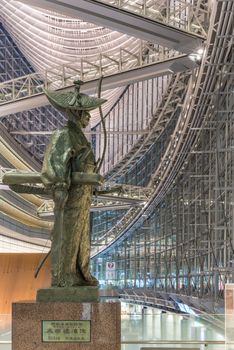- Filter By:
-
-
Stock photos and images of username:kuremo

View of a red Japanese fire truck door with ideograms
Stock PhotoUsername
kuremoResolution
7952x5304pxView of a red Japanese fire truck door with ideograms
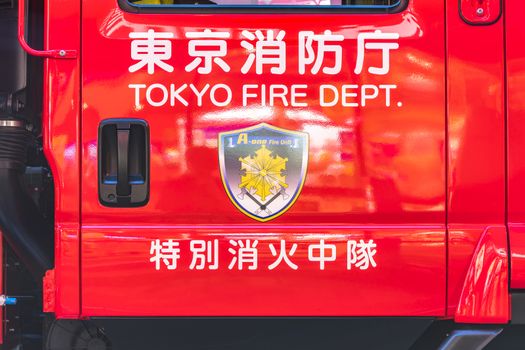

View of the control station of the water pressure valves
Stock PhotoUsername
kuremoResolution
7952x5304pxView of the control station of the water pressure valves


Rear view of a red Japanese fire truck equipped
Stock PhotoUsername
kuremoResolution
5304x7952pxRear view of a red Japanese fire truck equipped


View of a red Japanese fire truck door handle with ideograms
Stock PhotoUsername
kuremoResolution
7952x5304pxView of a red Japanese fire truck door handle with ideograms


View of the control station of the water pressure valves
Stock PhotoUsername
kuremoResolution
7952x5304pxView of the control station of the water pressure valves


Rear view of a red Japanese fire truck with its lit traffic lights
Stock PhotoUsername
kuremoResolution
7952x5304pxRear view of a red Japanese fire truck with its lit traffic lights


Underpass with metal pillar and blue entrance gate
Stock PhotoUsername
kuremoResolution
7947x6207pxUnderpass with metal pillar and blue entrance gate
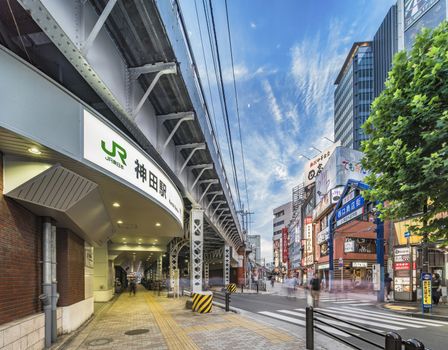

Night panoramic view of Marunouchi side of Tokyo railway station
Stock PhotoUsername
kuremoResolution
5566x3713pxNight panoramic view of Marunouchi side of Tokyo railway station


Night panoramic view of Marunouchi side of Tokyo railway station
Stock PhotoUsername
kuremoResolution
5566x3713pxNight panoramic view of Marunouchi side of Tokyo railway station


Night view of the Shin Marunouchi Building at Marunouchi side
Stock PhotoUsername
kuremoResolution
5304x7952pxNight view of the Shin Marunouchi Building at Marunouchi side


Night view of KITTE commercial facility building
Stock PhotoUsername
kuremoResolution
5182x7769pxNight view of KITTE commercial facility building


Panoramic night view of Marunouchi side of Tokyo railway station
Stock PhotoUsername
kuremoResolution
5166x3691pxPanoramic night view of Marunouchi side of Tokyo railway station


Night view of Marunouchi side of Tokyo railway station
Stock PhotoUsername
kuremoResolution
5534x3691pxNight view of Marunouchi side of Tokyo railway station


Night view on Marunouchi side of Tokyo railway station
Stock PhotoUsername
kuremoResolution
7896x5266pxNight view on Marunouchi side of Tokyo railway station
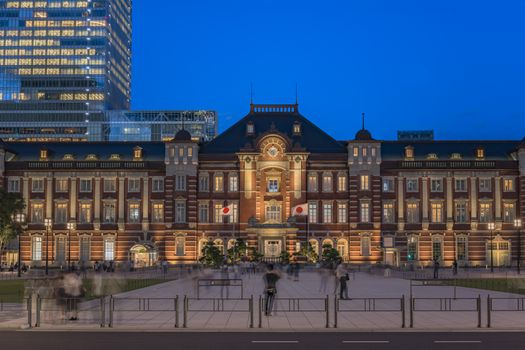

Marunouchi side of Tokyo railway station in the Chiyoda City
Stock PhotoUsername
kuremoResolution
7811x5581pxMarunouchi side of Tokyo railway station in the Chiyoda City


Marunouchi side of Tokyo railway station in the Chiyoda City
Stock PhotoUsername
kuremoResolution
7807x5157pxMarunouchi side of Tokyo railway station in the Chiyoda City
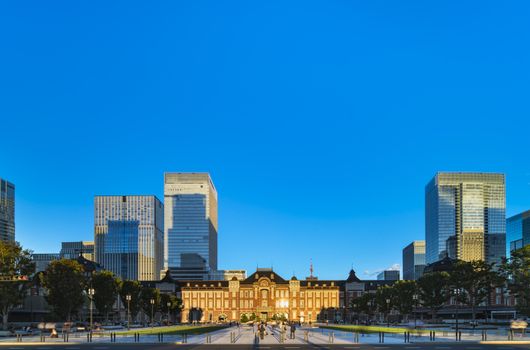

Marunouchi side of Tokyo railway station in the Chiyoda City
Stock PhotoUsername
kuremoResolution
5139x3428pxMarunouchi side of Tokyo railway station in the Chiyoda City


Wrought iron gate with floral motifs at Marunouchi side of Tokyo
Stock PhotoUsername
kuremoResolution
4771x3182pxWrought iron gate with floral motifs at Marunouchi side of Tokyo


The Shin Marunouchi Building at Marunouchi side of Tokyo railway
Stock PhotoUsername
kuremoResolution
5304x7952pxThe Shin Marunouchi Building at Marunouchi side of Tokyo railway
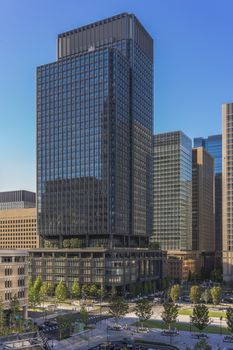

Marunouchi side of Tokyo railway station in the Chiyoda City
Stock PhotoUsername
kuremoResolution
3713x5556pxMarunouchi side of Tokyo railway station in the Chiyoda City


Marunouchi side of Tokyo railway station in the Chiyoda City
Stock PhotoUsername
kuremoResolution
3499x5265pxMarunouchi side of Tokyo railway station in the Chiyoda City


High speed Shinkansen N700 train arriving in the Tokyo railway
Stock PhotoUsername
kuremoResolution
4916x3280pxHigh speed Shinkansen N700 train arriving in the Tokyo railway


Marunouchi side of Tokyo railway station in the Chiyoda City
Stock PhotoUsername
kuremoResolution
3713x5566pxMarunouchi side of Tokyo railway station in the Chiyoda City


New Yamanote Line train and high speed Shinkansen N700 train
Stock PhotoUsername
kuremoResolution
5623x7974pxNew Yamanote Line train and high speed Shinkansen N700 train


High speed Japanese Shinkansen E7 and N777 trains
Stock PhotoUsername
kuremoResolution
5807x3206pxHigh speed Japanese Shinkansen E7 and N777 trains


Marunouchi side of Tokyo railway station in the Chiyoda City
Stock PhotoUsername
kuremoResolution
6362x4243pxMarunouchi side of Tokyo railway station in the Chiyoda City

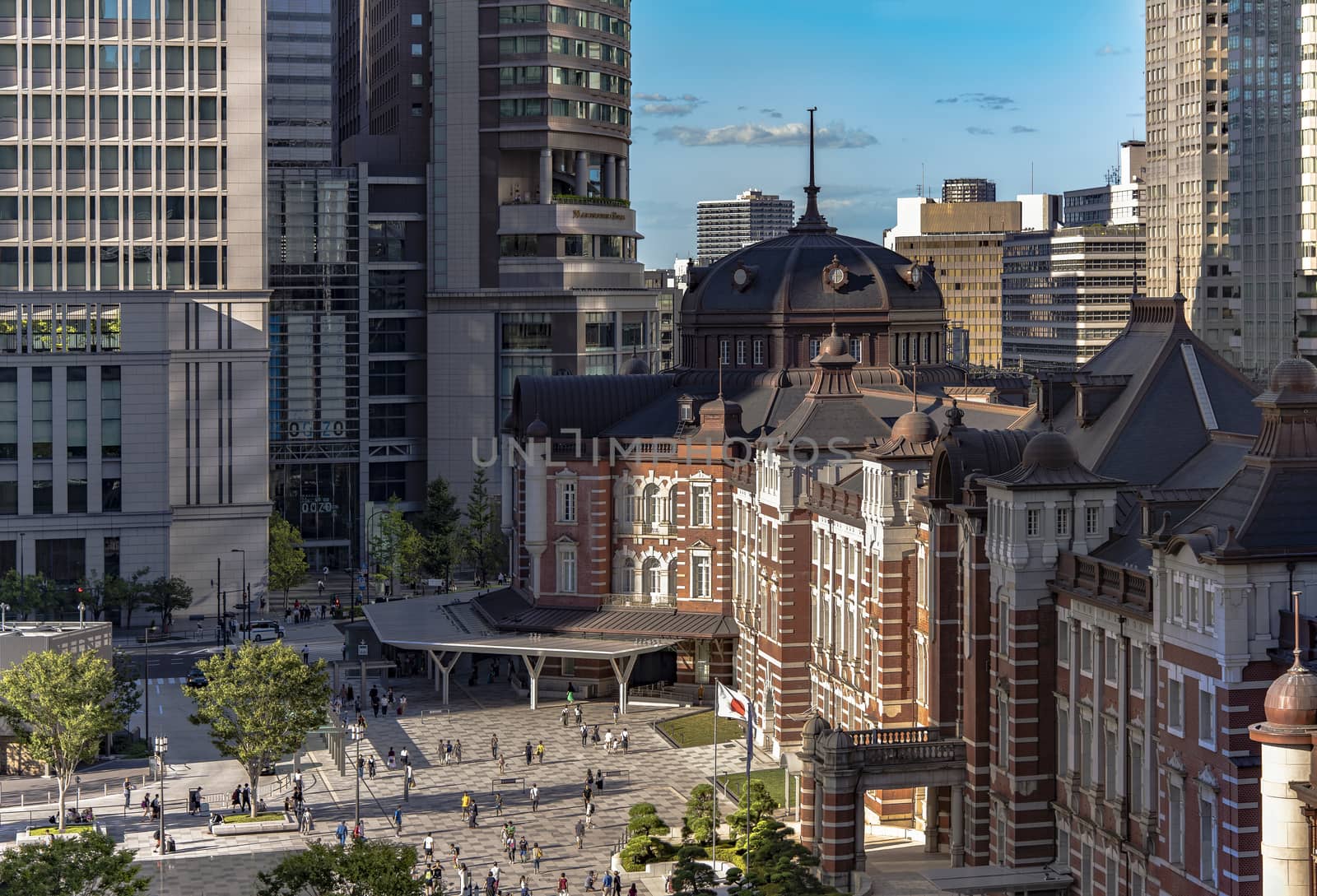
Marunouchi side of Tokyo railway station in the Chiyoda City
Stock PhotoUsername
kuremoResolution
5028x3422pxMarunouchi side of Tokyo railway station in the Chiyoda City

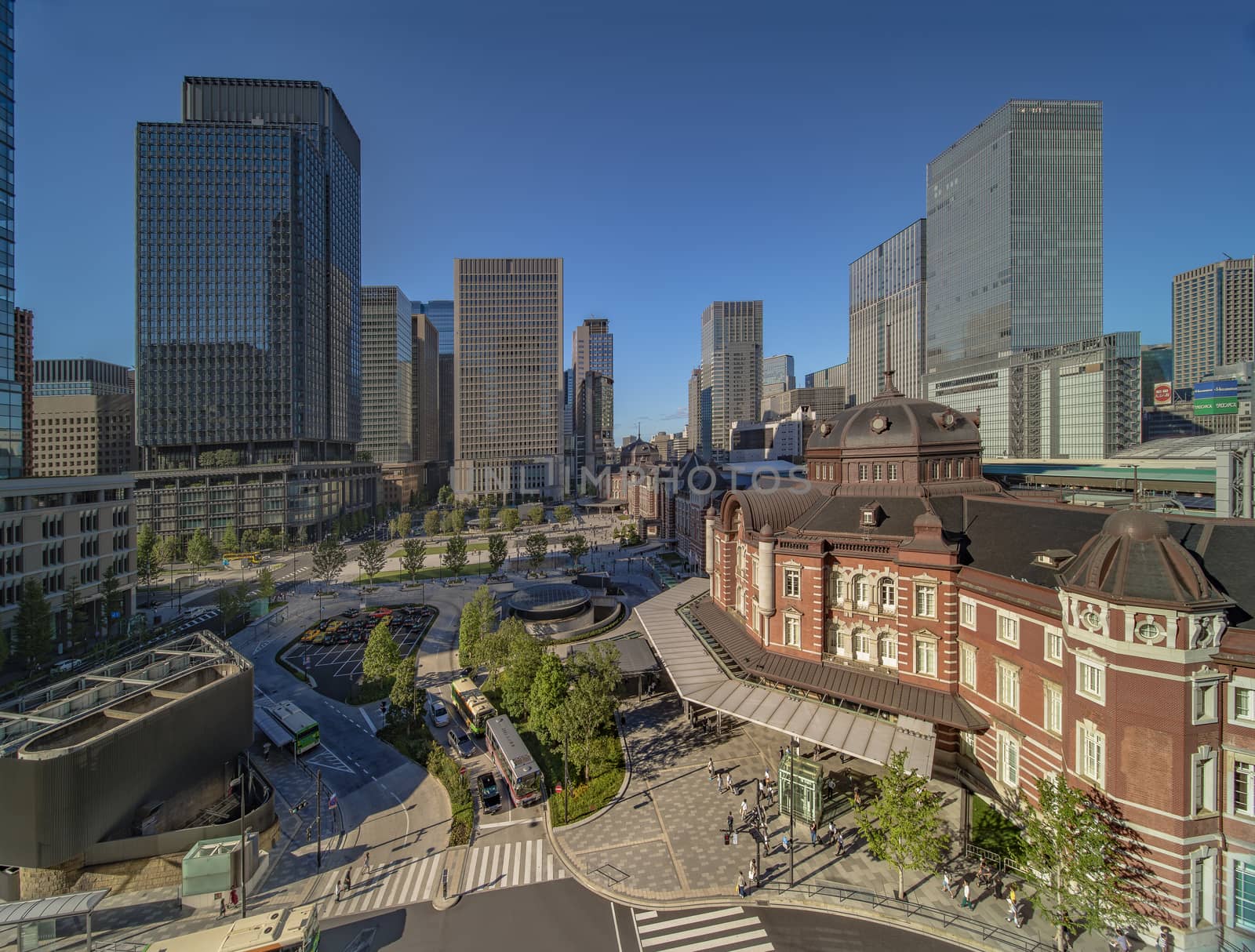
Marunouchi side of Tokyo railway station in the Chiyoda City
Stock PhotoUsername
kuremoResolution
4616x3502pxMarunouchi side of Tokyo railway station in the Chiyoda City

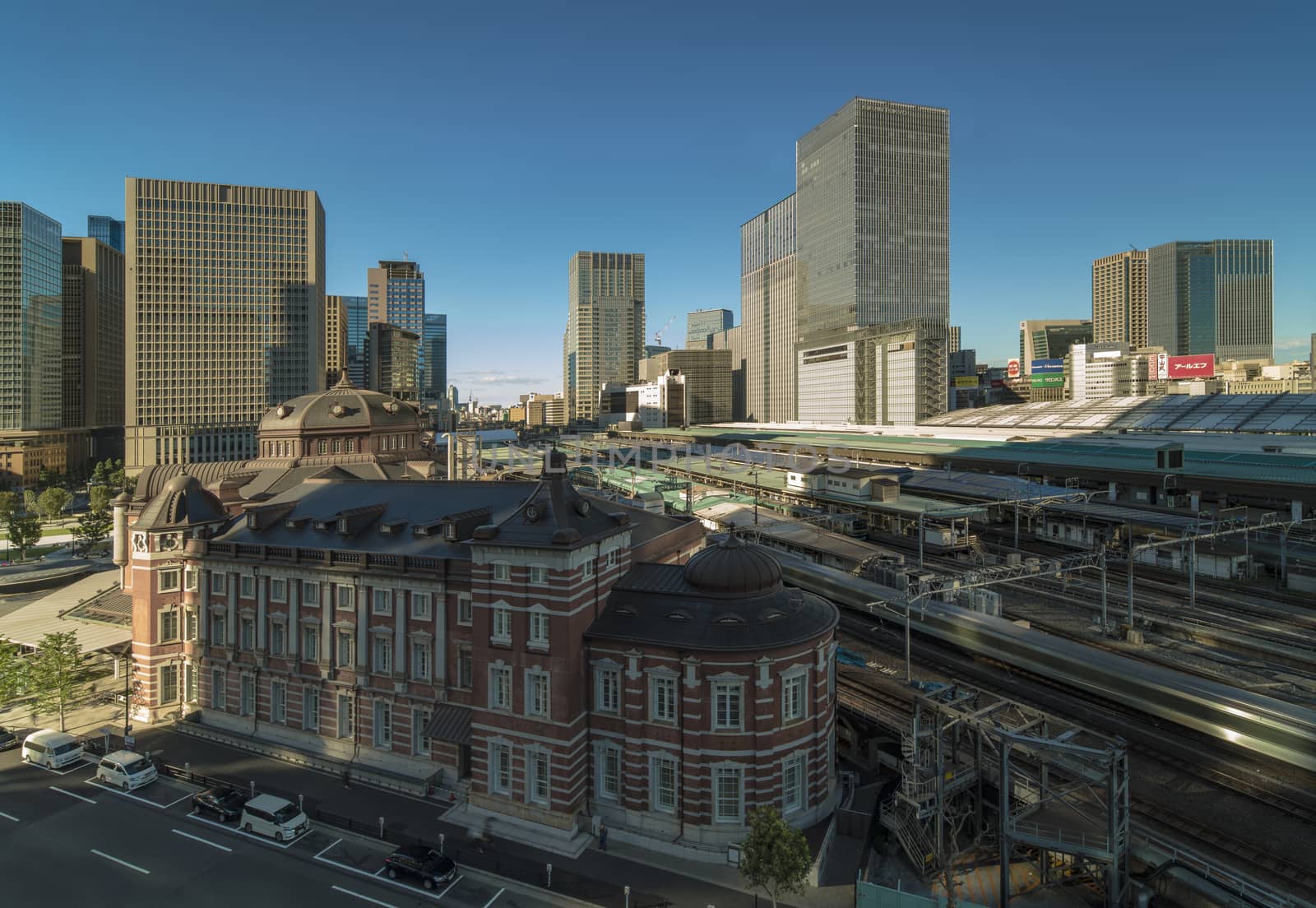
Marunouchi side of Tokyo railway station in the Chiyoda City
Stock PhotoUsername
kuremoResolution
8594x5930pxMarunouchi side of Tokyo railway station in the Chiyoda City

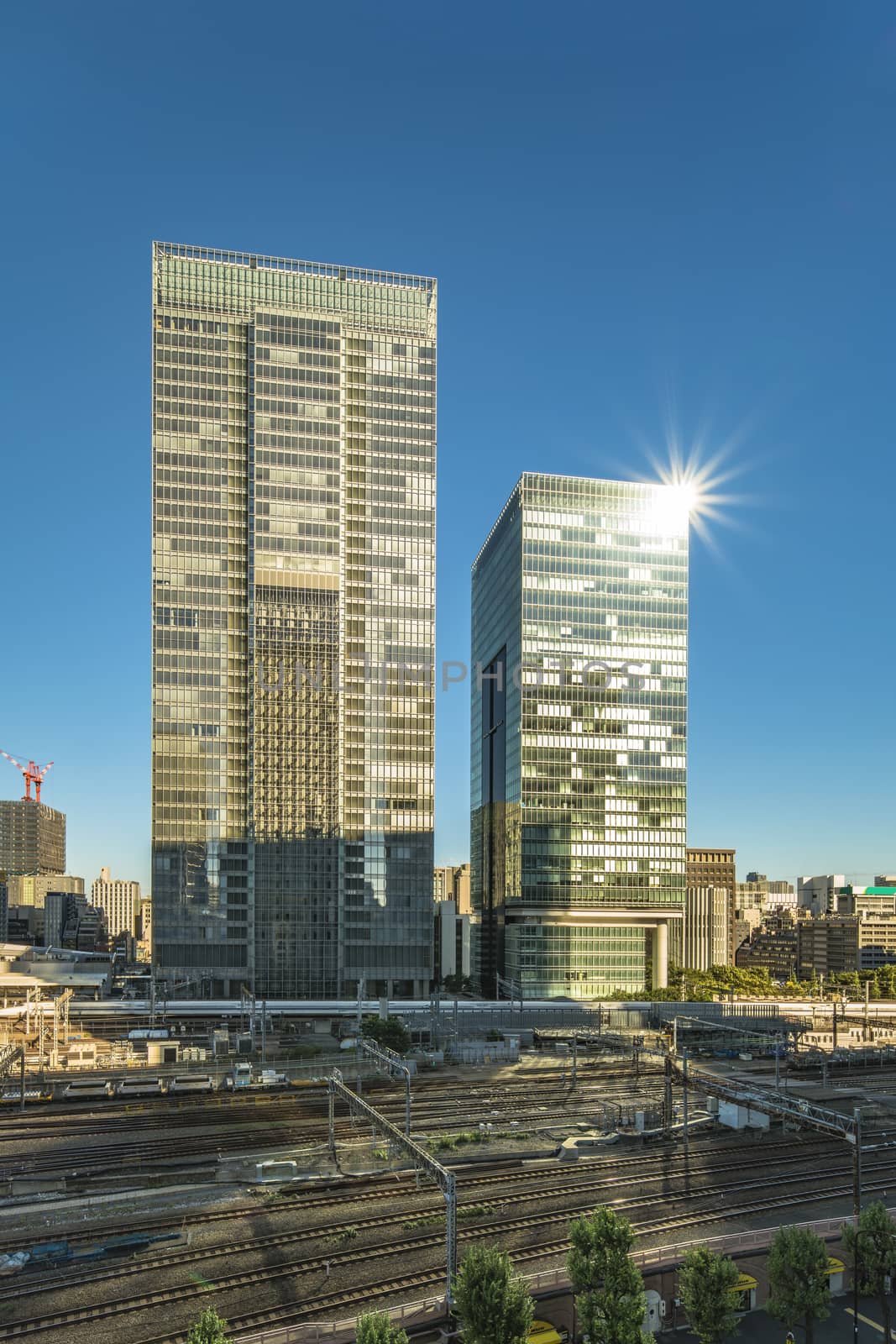
The GranTokyo and Pacific Century Place Marunouchi skyscrapers
Stock PhotoUsername
kuremoResolution
5304x7952pxThe GranTokyo and Pacific Century Place Marunouchi skyscrapers

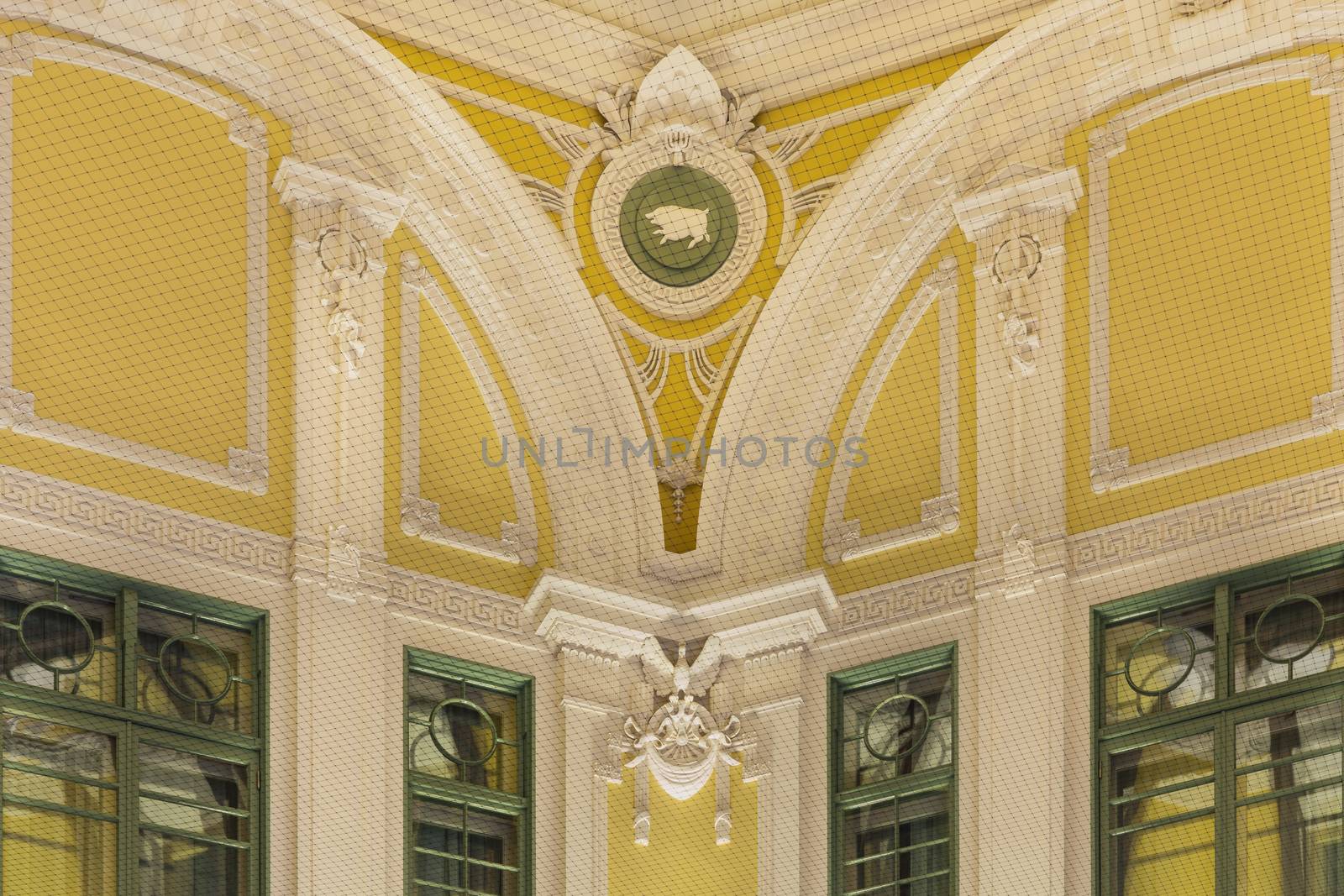
Ceiling of the dome of the Marunouchi North exit of the Tôkyô
Stock PhotoUsername
kuremoResolution
7952x5304pxCeiling of the dome of the Marunouchi North exit of the Tôkyô

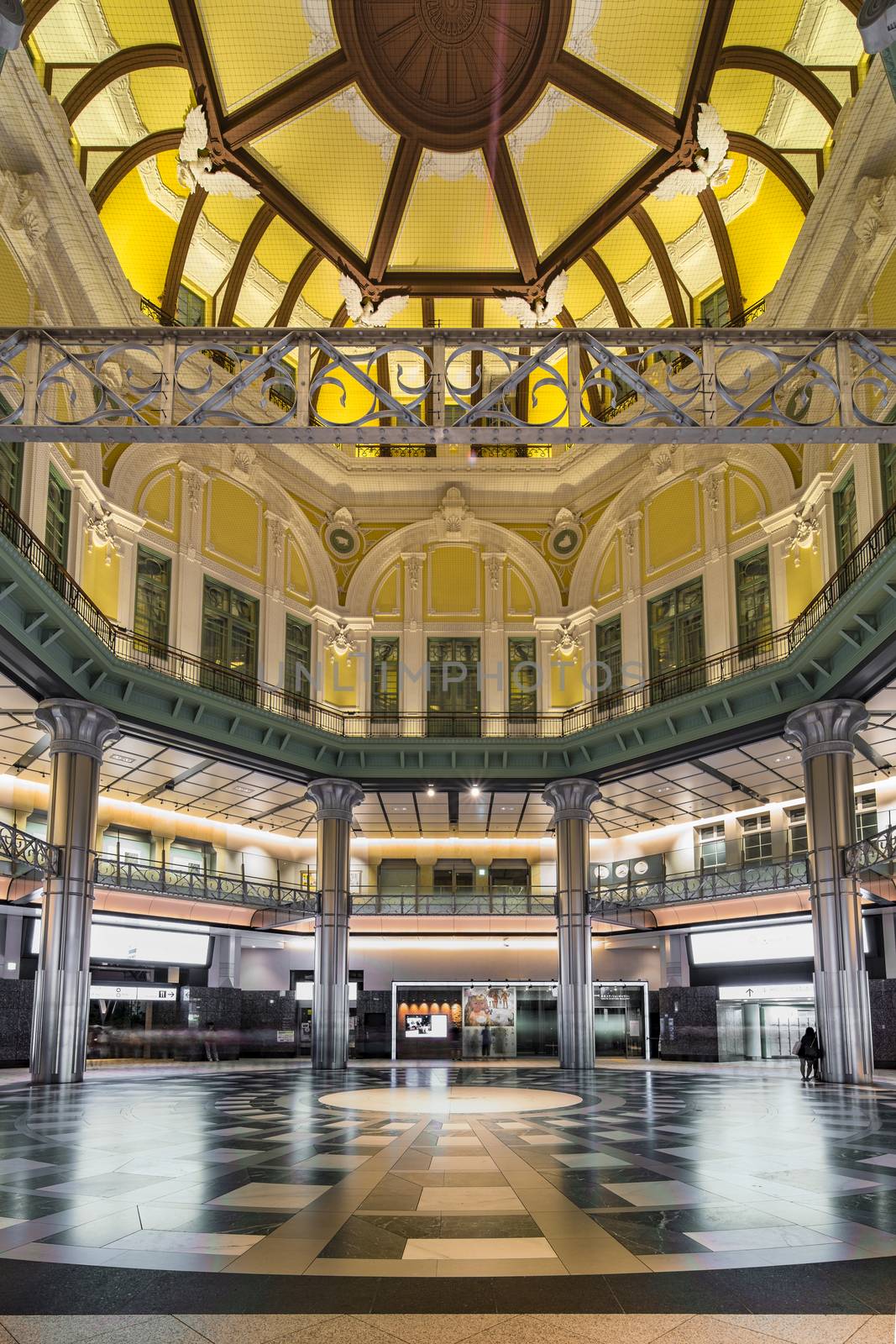
Ceiling of the dome of the Marunouchi North exit of the Tôkyô
Stock PhotoUsername
kuremoResolution
5304x7952pxCeiling of the dome of the Marunouchi North exit of the Tôkyô

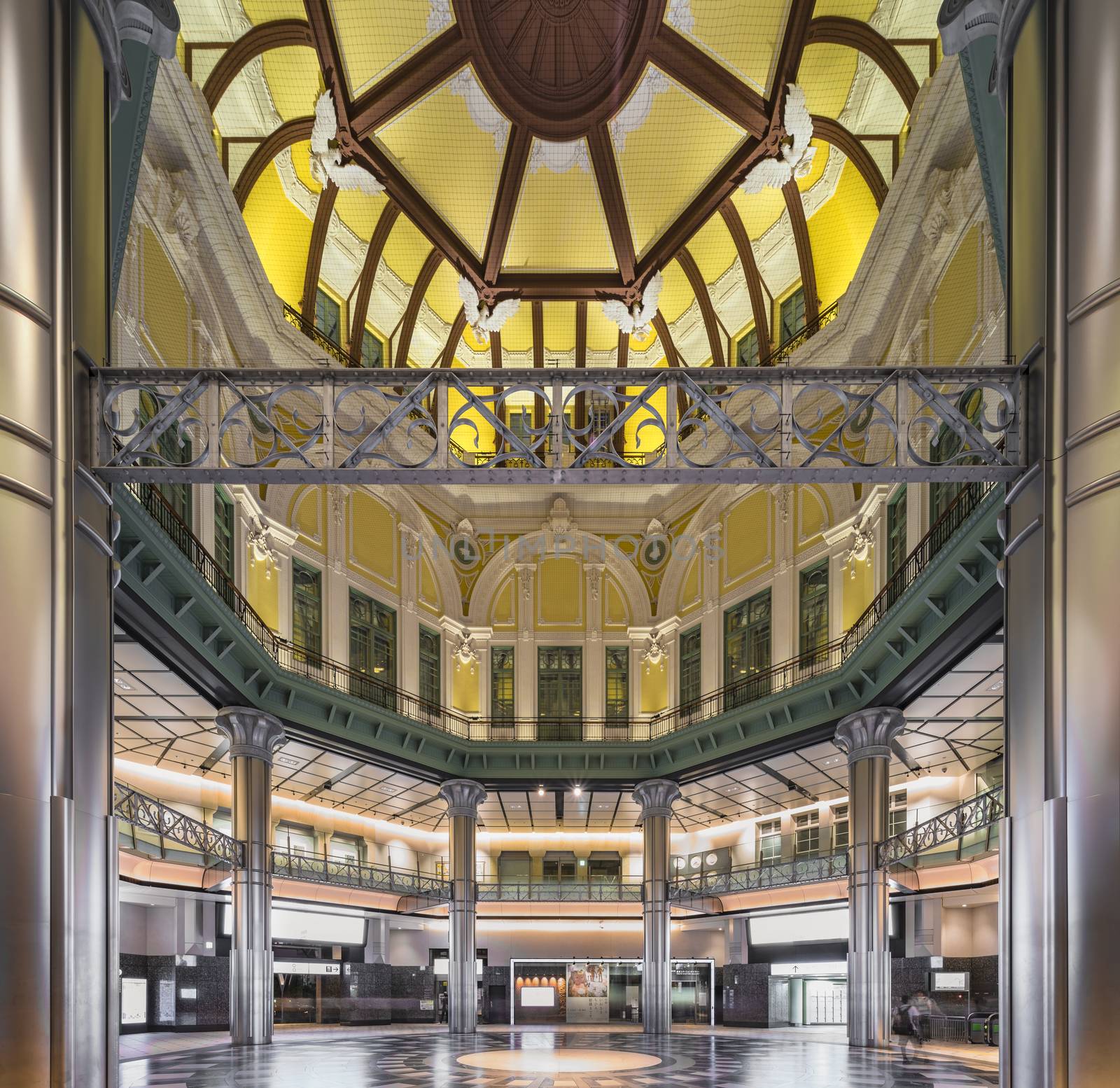
Ceiling of the dome of the Marunouchi North exit of the Tôkyô
Stock PhotoUsername
kuremoResolution
7616x7398pxCeiling of the dome of the Marunouchi North exit of the Tôkyô


Ceiling of the dome of the Marunouchi North exit of the Tôkyô
Stock PhotoUsername
kuremoResolution
7686x5126pxCeiling of the dome of the Marunouchi North exit of the Tôkyô
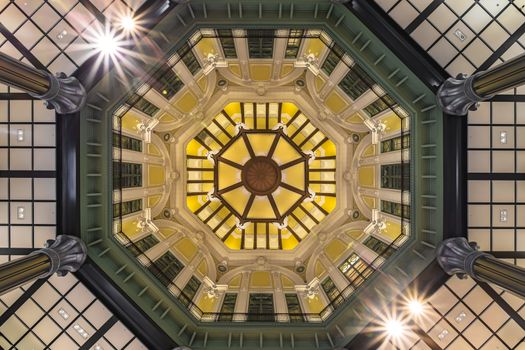
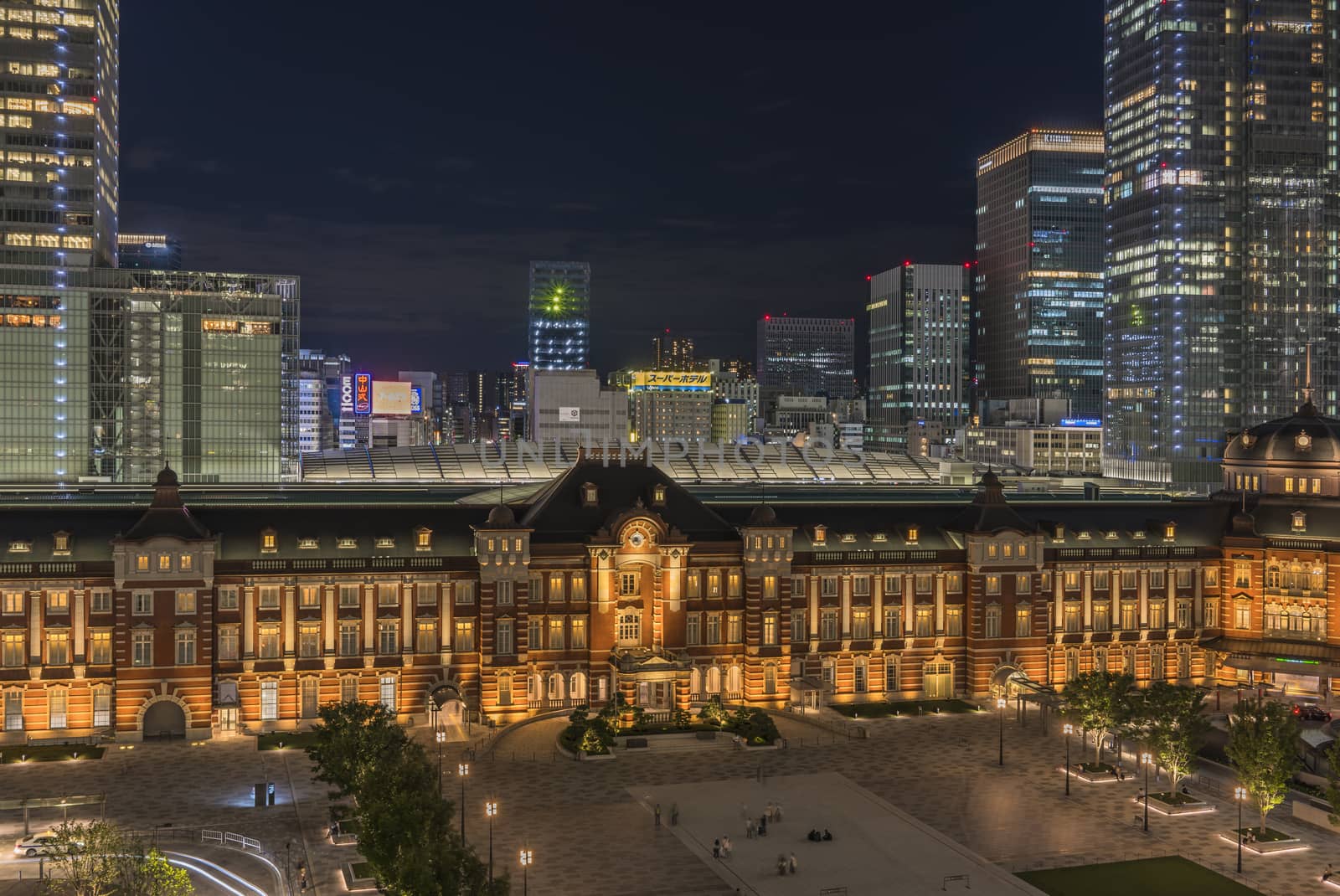
Night view of Marunouchi side of Tokyo railway station
Stock PhotoUsername
kuremoResolution
7918x5296pxNight view of Marunouchi side of Tokyo railway station


Marunouchi side of Tokyo railway station in the Chiyoda City
Stock PhotoUsername
kuremoResolution
5302x7912pxMarunouchi side of Tokyo railway station in the Chiyoda City
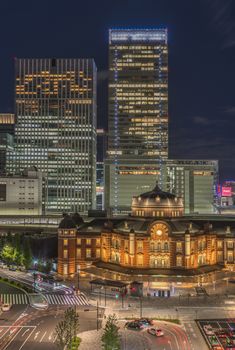

Marunouchi side of Tokyo railway station in the Chiyoda City
Stock PhotoUsername
kuremoResolution
5304x7952pxMarunouchi side of Tokyo railway station in the Chiyoda City
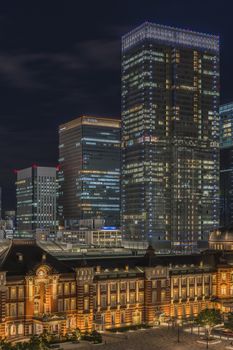

Marunouchi side of Tokyo railway station in the Chiyoda City
Stock PhotoUsername
kuremoResolution
3182x4771pxMarunouchi side of Tokyo railway station in the Chiyoda City
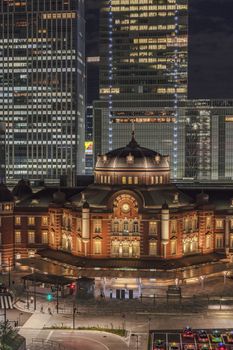

Night view of Marunouchi side of Tokyo railway station
Stock PhotoUsername
kuremoResolution
7952x5304pxNight view of Marunouchi side of Tokyo railway station
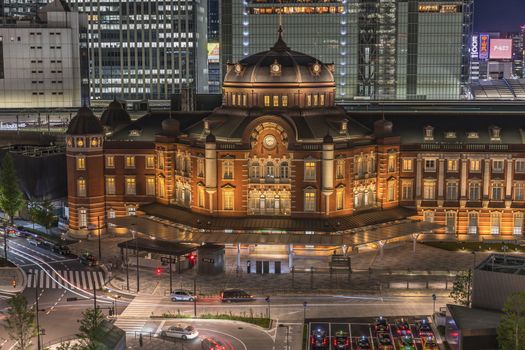
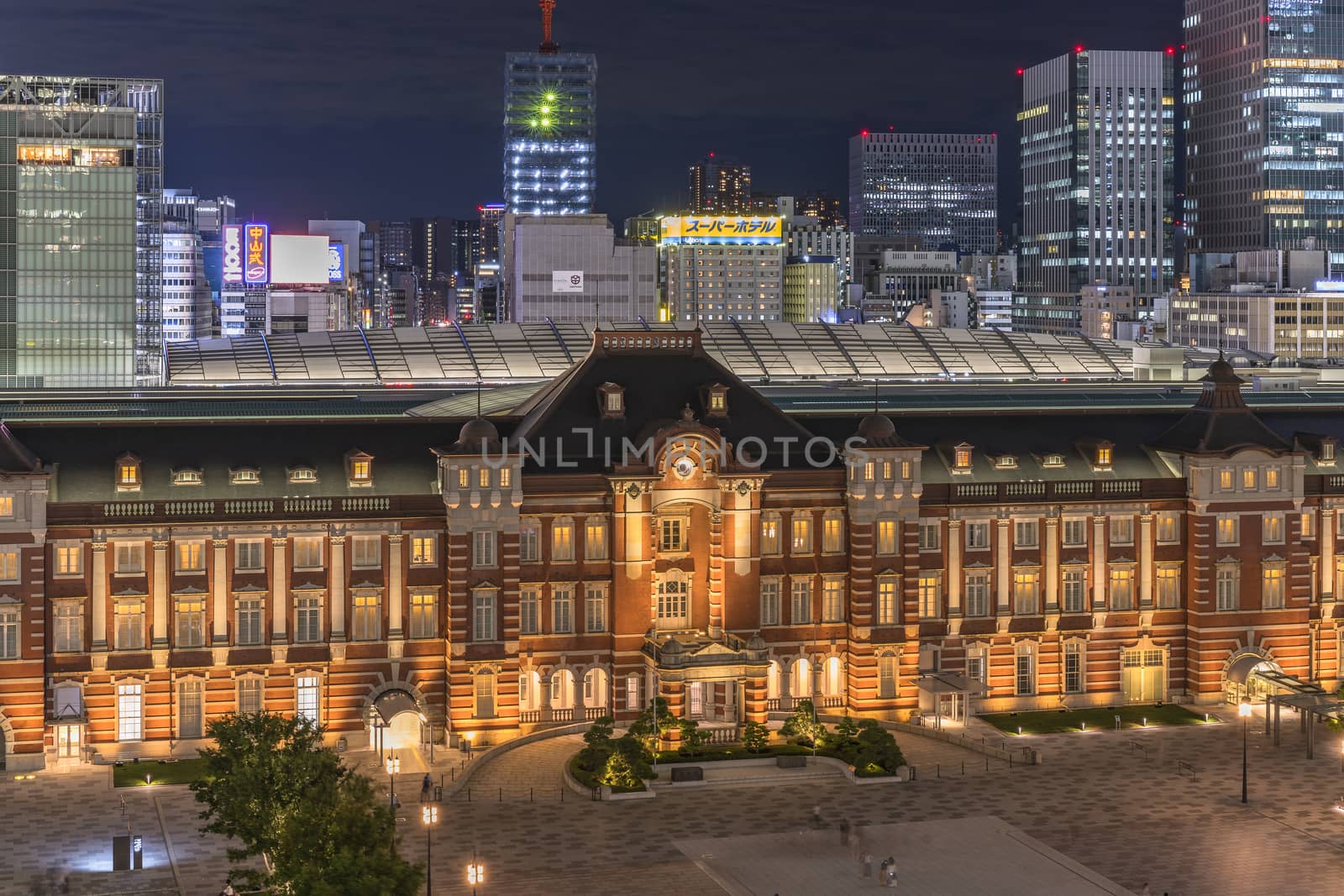
Night view of Marunouchi side of Tokyo railway station
Stock PhotoUsername
kuremoResolution
4771x3182pxNight view of Marunouchi side of Tokyo railway station

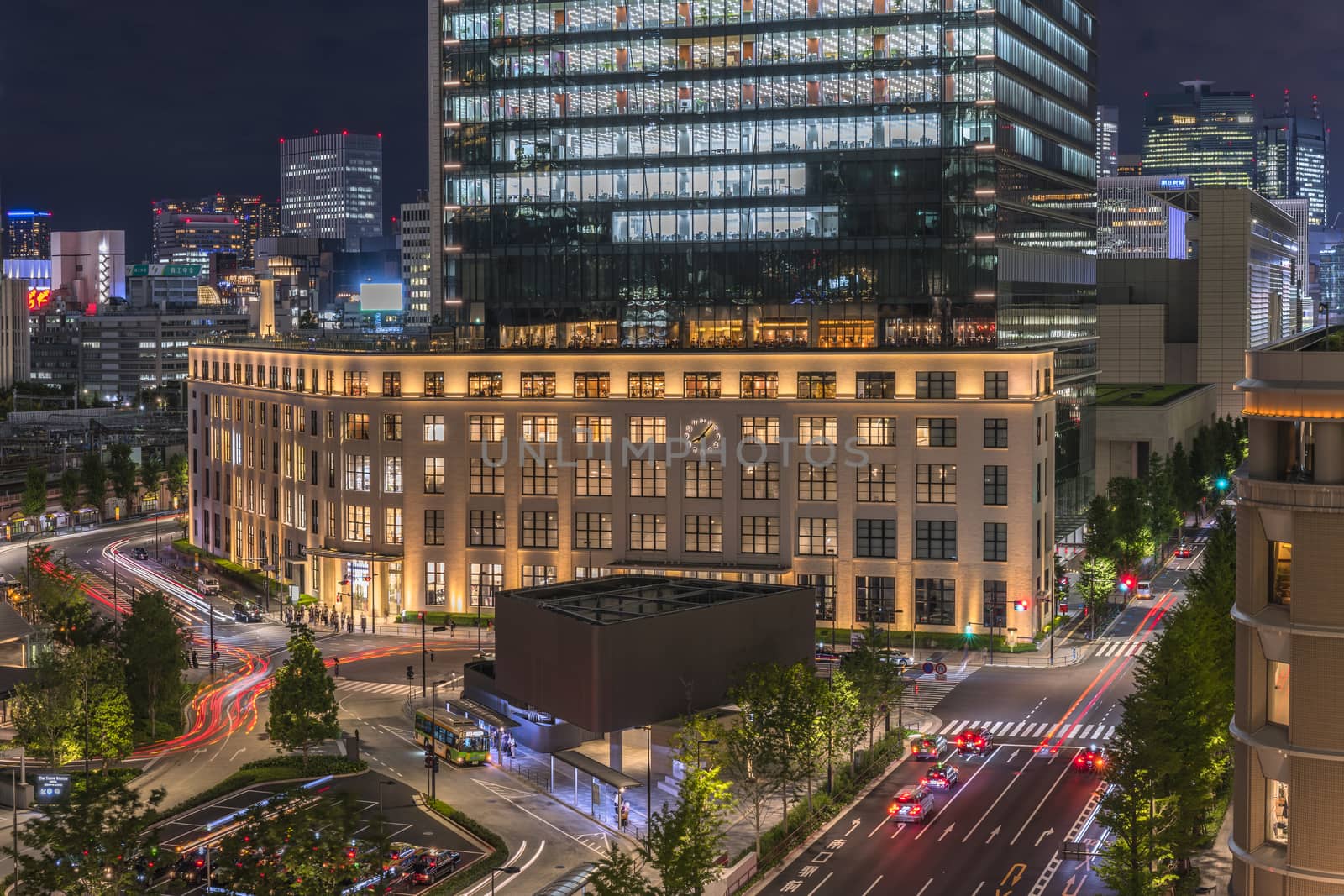
Night view of KITTE commercial facility building
Stock PhotoUsername
kuremoResolution
7538x5028pxNight view of KITTE commercial facility building


Night view of Marunouchi side of Tokyo railway station
Stock PhotoUsername
kuremoResolution
6362x4243pxNight view of Marunouchi side of Tokyo railway station
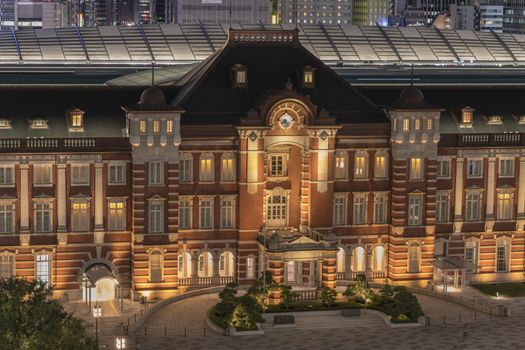
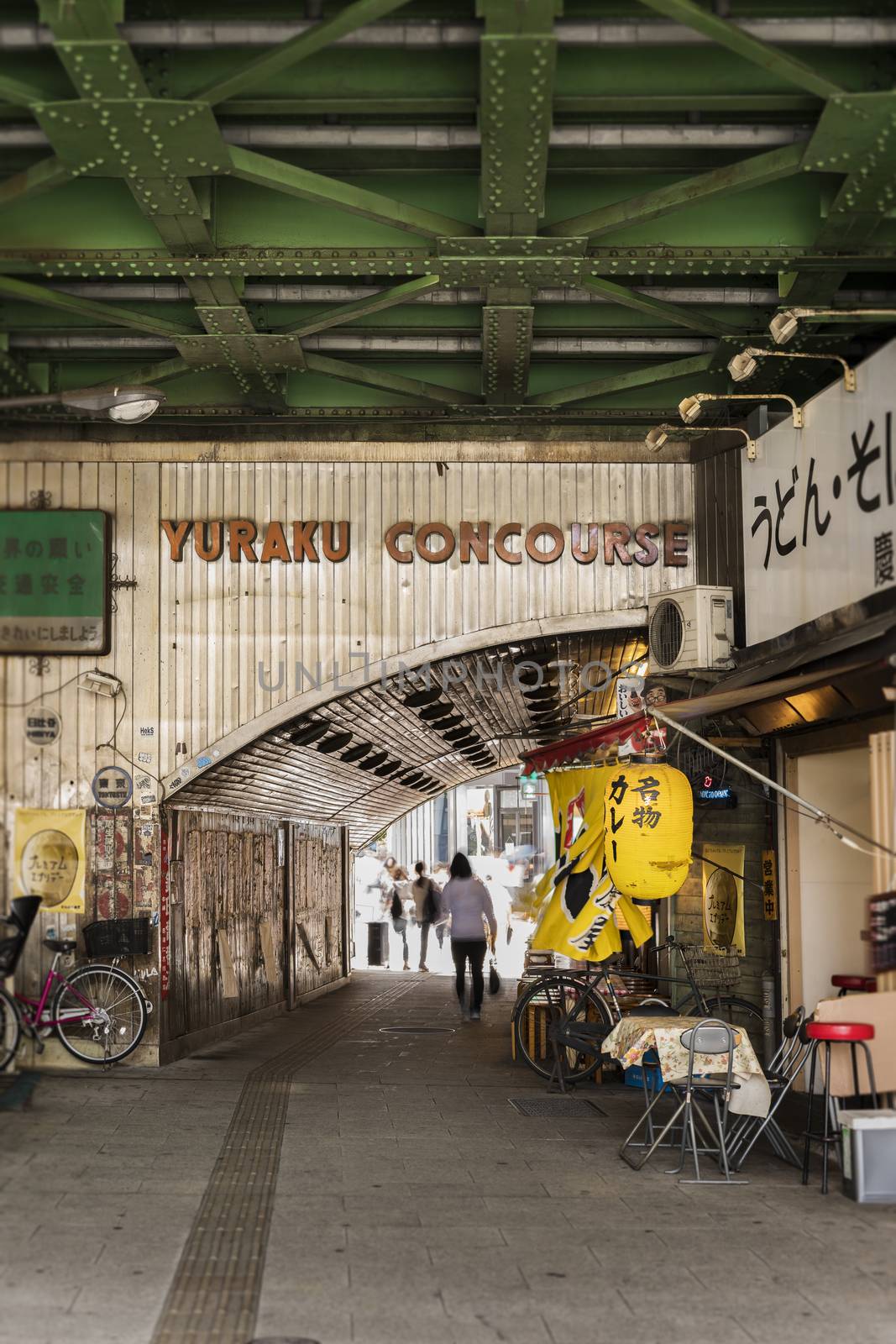
Underpass Yurakucho Concourse under the railway line
Stock PhotoUsername
kuremoResolution
5304x7952pxUnderpass Yurakucho Concourse under the railway line

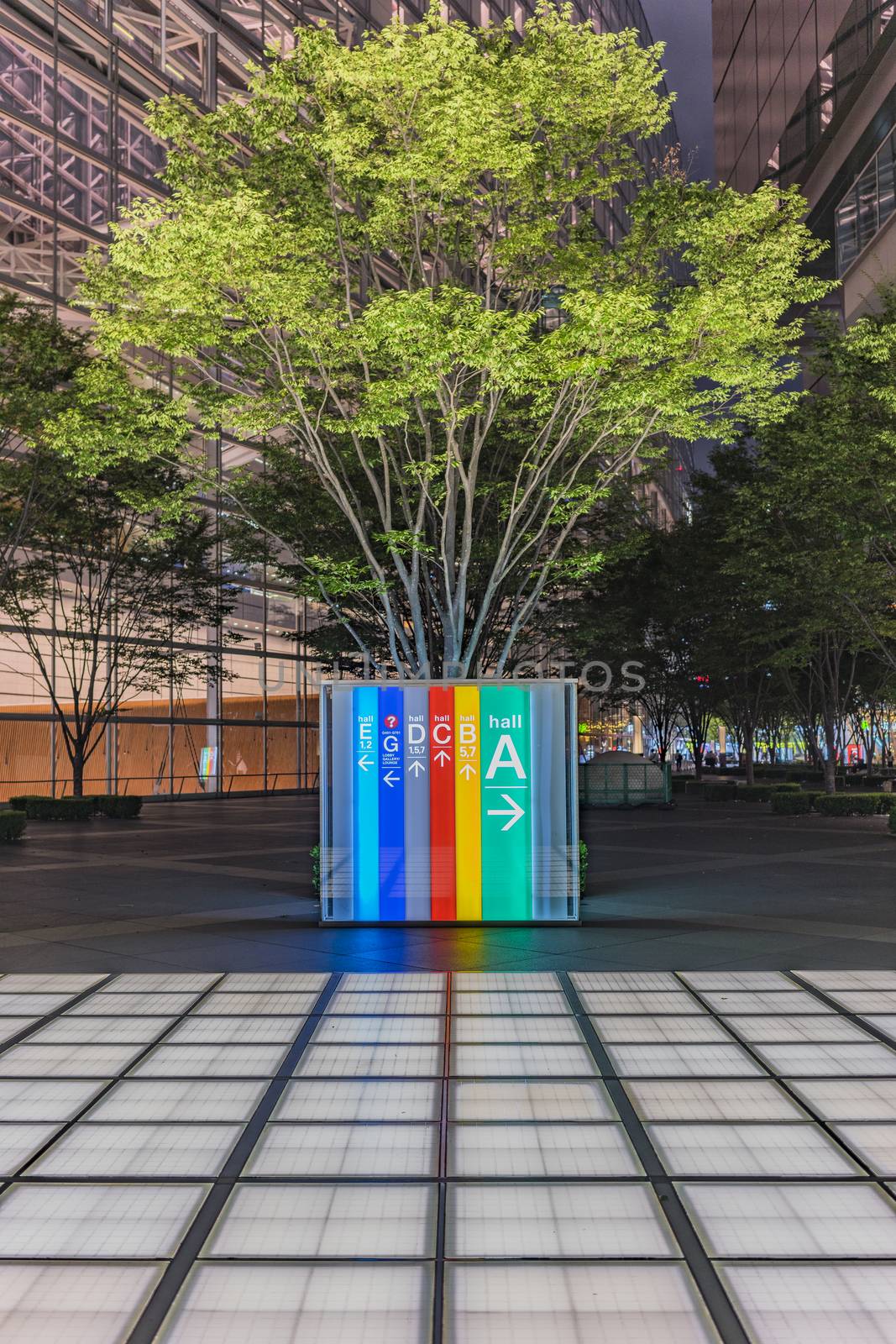
External view of Tokyo International Forum built in 1996
Stock PhotoUsername
kuremoResolution
5304x7952pxExternal view of Tokyo International Forum built in 1996


Inside view of Tokyo International Forum built in 1996
Stock PhotoUsername
kuremoResolution
7952x5304pxInside view of Tokyo International Forum built in 1996
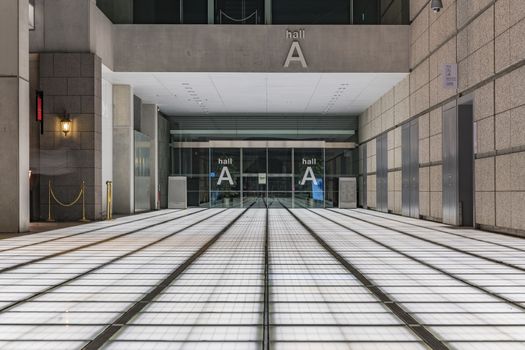
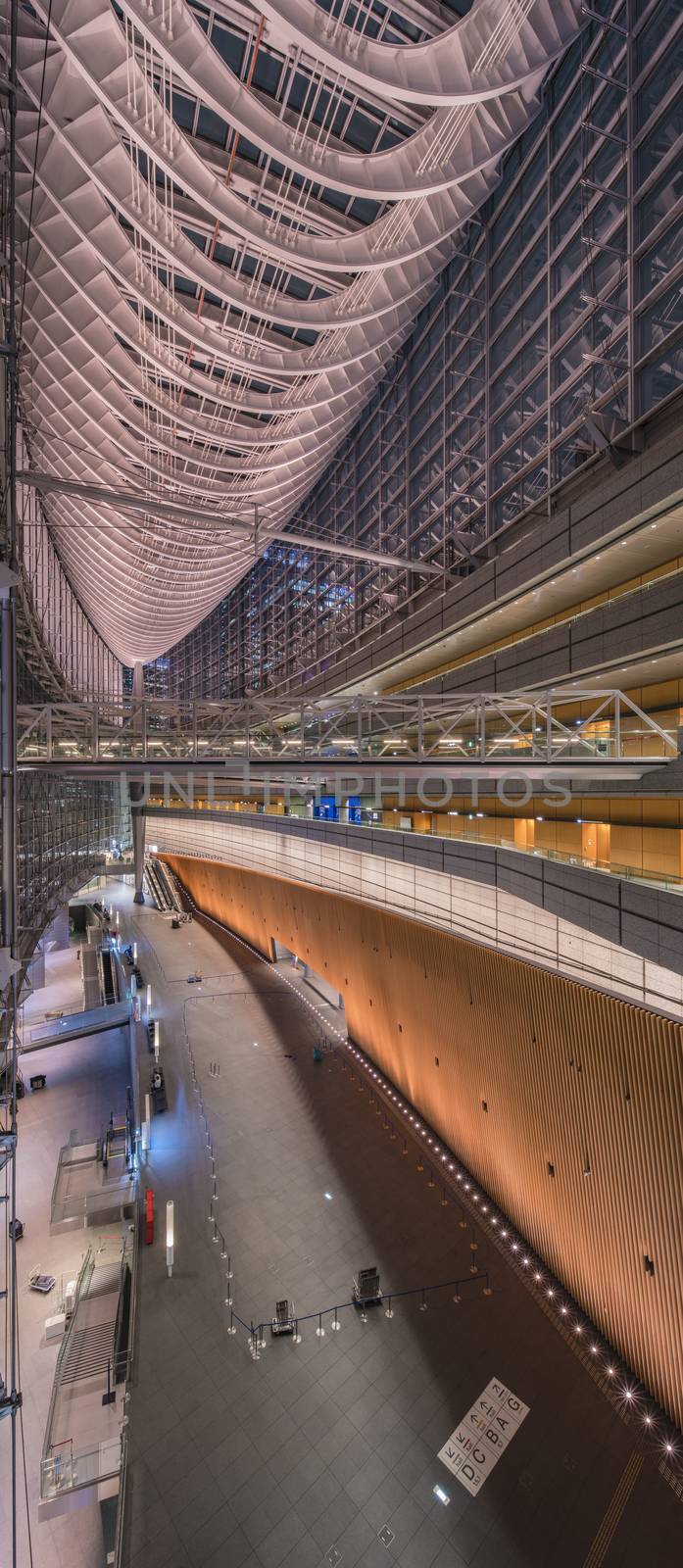
Inside view of Tokyo International Forum built in 1996
Stock PhotoUsername
kuremoResolution
3695x8482pxInside view of Tokyo International Forum built in 1996


Inside view of Tokyo International Forum built in 1996
Stock PhotoUsername
kuremoResolution
5304x7952pxInside view of Tokyo International Forum built in 1996
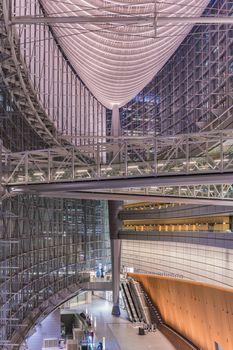

Inside view of Tokyo International Forum built in 1996
Stock PhotoUsername
kuremoResolution
7952x5304pxInside view of Tokyo International Forum built in 1996
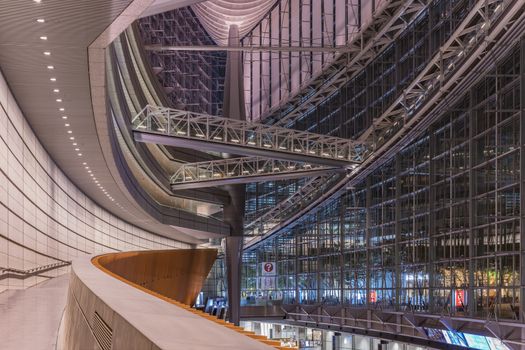
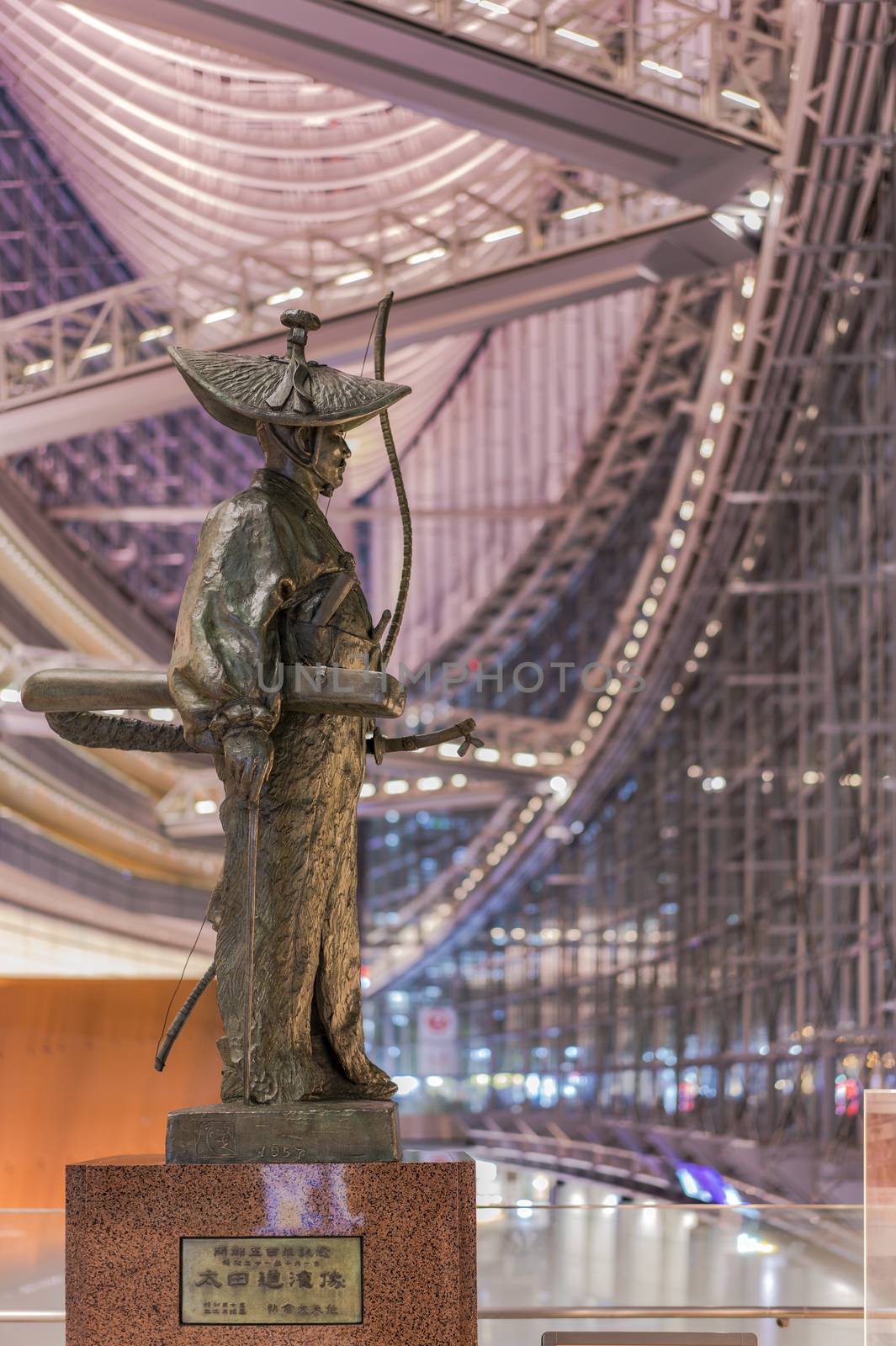
Inside view of Tokyo International Forum built in 1996
Stock PhotoUsername
kuremoResolution
5304x7969pxInside view of Tokyo International Forum built in 1996


Inside view of Tokyo International Forum built in 1996
Stock PhotoUsername
kuremoResolution
5304x7945pxInside view of Tokyo International Forum built in 1996
